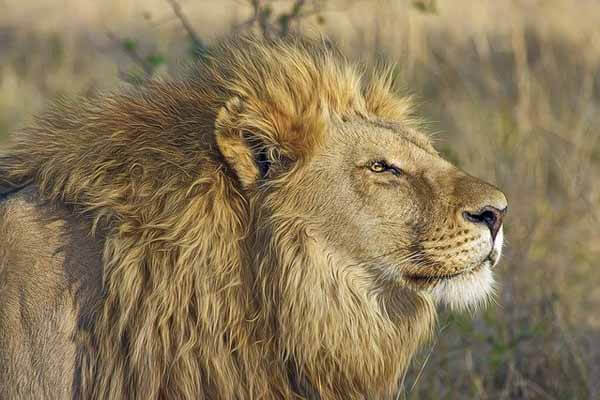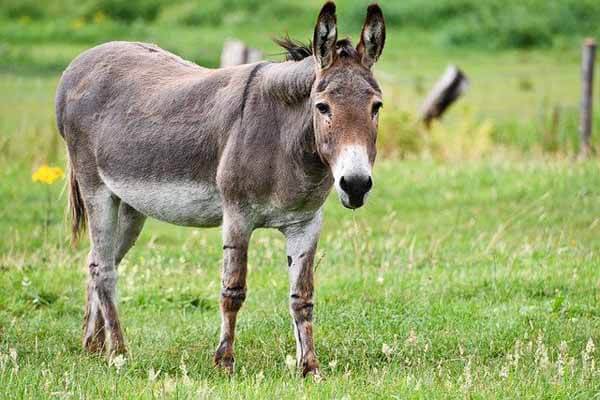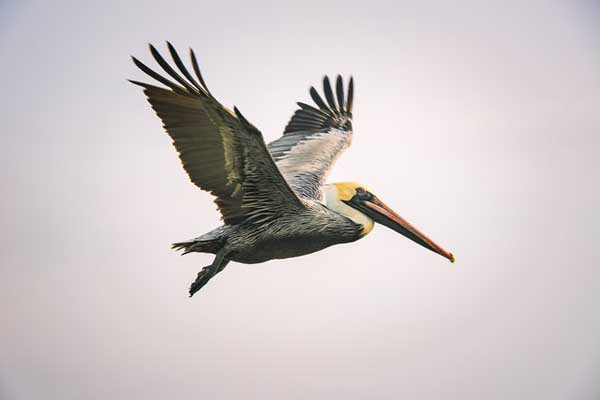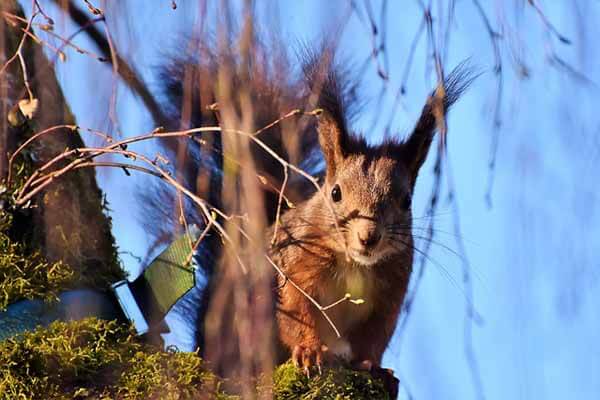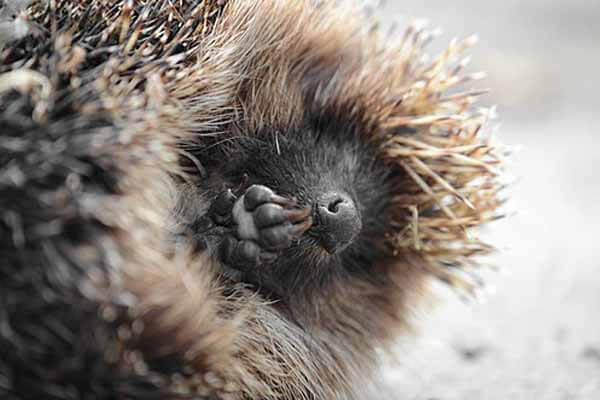A new study by Bristol University has shown how little we know about giraffe behavior and the environment in general.
It is generally accepted that the size of animal groups increases when there is a danger from predators. Since larger groups reduce the risk of individual deaths, there are “many eyes” to identify any potential risk, threat.
Now, in the first study of its kind, Bristol University student Zoya Muller from the Department of Biological Sciences found that this does not apply to giraffes and that the size of giraffes groups does not depend on the presence of predators.
Zoya Mueller said: “It’s amazing, and it underscores how little we know about even the most basic aspects of giraffe behavior. This study explains how the group behavior of giraffes differed in response to numerous factors such as predation risk, habitat type, and characteristics of individuals.
Habitat type had some influence on group size, but the main effect on herd size was in the behavior of adult females, which were found in smaller groups when they had newborn giraffes.
Endangered giraffes
This contradicts another popular belief that giraffe females form large groups to collectively take care of their offspring, a study published in the journal of zoology. The first evidence is presented that in reality, it is the other way around.
Populations of giraffes have decreased by 40 percent in the last 30 years, and it is now believed that there are less than 98,000 animals left in the wild. In recognition of their dramatic decline in wildlife, they have recently been listed as “vulnerable” by the International Union for Conservation of Species as a species threatened with extinction.
Zoya Muller added: “This study adds another important piece to the puzzle of understanding how giraffes live in the wild.
Giraffes are poorly understood as a species
“Giraffes are an endangered species suffering from an ongoing recession across Africa, and this study highlights how they are not actually studied as a species. We can only effectively manage and preserve giraffes if we have a proper understanding of their behavior and ecology, as we have just begun to do.
“Despite their fame, giraffes have not been sufficiently studied compared to other popular African mammals. “A common misconception is that giraffes are ‘everywhere’ in Africa, but recent studies have revealed the rapidly declining nature of their population.
“Their recent inclusion on the IUCN Red List as ‘vulnerable’ is a valuable step towards recognizing their potential for extinction, and more research is needed to understand the threats and challenges they face in the wild.
The next step in this study will be to replicate results elsewhere in Africa. This is one example from East Africa, and more research is needed to see if the same effects are observed in other giraffe populations.
The results can be used to understand the social changes in their groups and the impact of their habitat and ecology on their populations. And it is possible that the extinction of such an amazing species can be prevented.
How Many Giraffes Are There in This World? Facts
The question “How many giraffes are there in this world?” is one that you might be wondering about. This animal lives in 21 different countries in Africa, including Zimbabwe and Kenya. Its population is declining, and many parts of its habitat are being repurposed for human use, including agriculture. In addition to fragmentation, development has reduced the giraffe’s range and hampered its genetic diversity. In addition, climate change is promoting long droughts and reducing the giraffe’s ability to reproduce. Poaching is also a growing threat to a species that is a valuable part of the economy in Kenya.
Giraffes are endangered by many factors, including invasive species and poaching. While giraffes have never been protected from trade, livestock and agricultural practices have resulted in their extinction. In addition to this, people block their migration routes with roads and fences. In addition, people are destroying giraffe habitats. Conservation is a major priority.
Because of the threat of poaching, the population of giraffes in Africa has declined by more than 100,000 in the last 15 years. This is due to the loss of habitat, which has caused human encroachment on giraffe territory. Urban growth in Africa is expected to double by 2050, a rate that is faster than the continent’s ability to sustain its current populations. As a result, the number of surviving savannah acacia trees is dwindling. Consequently, despite the success of conservation efforts, there may be very little of these animals left in the wild.
While giraffes are one of the world’s most endangered species, their numbers have steadily increased over the past 30 years. They are the most threatened of all large mammals. Their genome was decoded earlier this year, and it is believed to reveal more about their genetic makeup. For example, the giraffe’s long neck is the result of a gene mutation in the ovaries. Its genome could also help researchers understand its diet.
Because the population of giraffes has decreased significantly over the past 30 years, the population of the animal is declining dramatically. The number of giraffes in the world has declined by 40 percent over that time. Currently, there are only six8,000 mature chimpanzees in the world, and only 68,000 apes remain in the wild. The population is endangered because of human activities and poaching.
The giraffe has a large range, and the species in Africa are mainly found in the African acacia forests. They are one of the most endangered mammals in the world. However, giraffes are becoming scarcer and more vulnerable each year. And their numbers are decreasing, which is why conservationists are working to protect them. It is a very important species in the world.
The number of giraffes in the world is in a range of different countries and subspecies. Among these, there are eight species and five subspecies. In addition, there are several other types of giraffe. Almost half of them live in the wild. In some parts of the world, giraffes are extinct. The continent’s population continues to grow. And while there are no lions in the wild, there are still plenty of other threats.
In the past decade, giraffes were found in almost all countries in the world. They have become endangered in seven countries, and their habitat is shrinking. Moreover, giraffes are facing a lot of threats from the growing human population. The IUCN calls giraffes one species. There are nine subspecies in the world. The species are unique both in genetics and physical characteristics. They use their habitats differently.
The giraffe is a species of animal that lives in Africa. Its ranges extend across the continent. They are not restricted to any particular region. The giraffe population has more than 50 distinct locations. Besides Africa, there are other countries where they live. This is the largest number of giraffes in the world. The only species that has the potential to reach all of these places is the West African giraffe.


